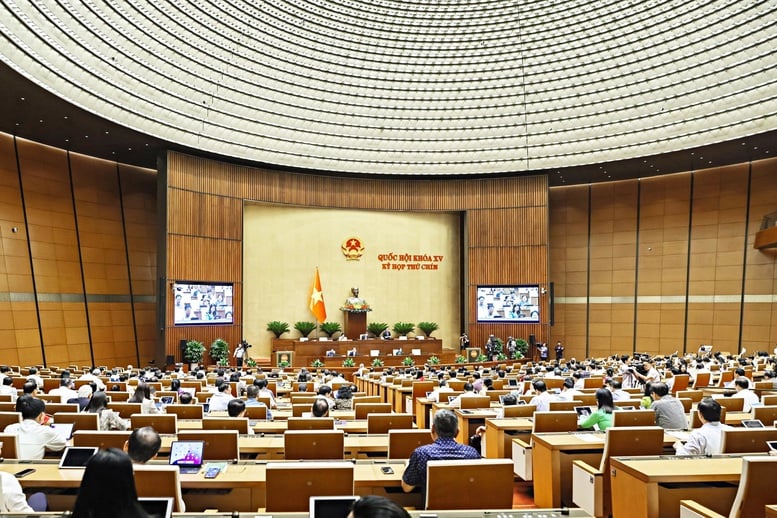
With 461/465 delegates participating in the vote in favor, the 15th National Assembly passed the Resolution on the arrangement of provincial-level administrative units in 2025.
Every citizen needs to understand that: merging provincial administrative units does not mean losing local identity, but to elevate the locality. It does not mean erasing history, but to write a new chapter on a larger scale and higher level. This is the time for all people and the whole Party to act together for the national interest, for a more streamlined, stronger and more powerful Vietnam in the 21st century.
Why merge?
Vietnam used to have 63 provinces and cities – an unusual number compared to the size of the population and the country’s area. This administrative structure was formed in a specific historical context, but has now clearly shown its limitations and become a major obstacle to the effectiveness of state management as well as national productivity.
Many provinces are too small to develop independently, with populations of less than 1 million people, or even only 300-400 thousand people, low budget revenues, fragmented infrastructure and a very high level of dependence on the central budget.
The administrative apparatus is spread out, with each province having its own departments, agencies and branches – leading to duplication of functions, overlapping tasks and constantly increasing administrative costs.
In addition, rigid administrative boundaries are also seriously hindering the organization of regional planning, development of inter-provincial connectivity infrastructure and optimization of value chains according to economic space.
Meanwhile, Vietnam is entering a phase of in-depth development – where growth cannot continue to rely on resource exploitation or cheap labor, but must rely on productivity, innovation, digital transformation and effective regional connectivity.
These goals require administrative units to be large enough to plan long-term, absorb strategic investment, organize development space, and coordinate capital, labor, and technology flows on a regional scale.
The current small, fragmented administrative model is no longer sufficient to serve new development strategies. Merging provinces is a way to redesign administrative units to suit the development requirements of the times.
More than ever, the current time has all the conditions for action. Politically , Resolution 60-NQ/TW has clearly oriented: administrative units must be large enough, strong enough, and not maintain a weak, dependent provincial status for a long time. Legally, the National Assembly is finalizing the decision. Socially, trust and expectations for reform are at a high level: people expect a better-serving administrative apparatus; businesses want simpler procedures, streamlined hierarchy, and a more transparent investment environment. Political and social consensus is ripe. If not implemented immediately, the historic opportunity will pass, and the country will continue to be held back by an administrative design that is no longer suitable for the new development level.
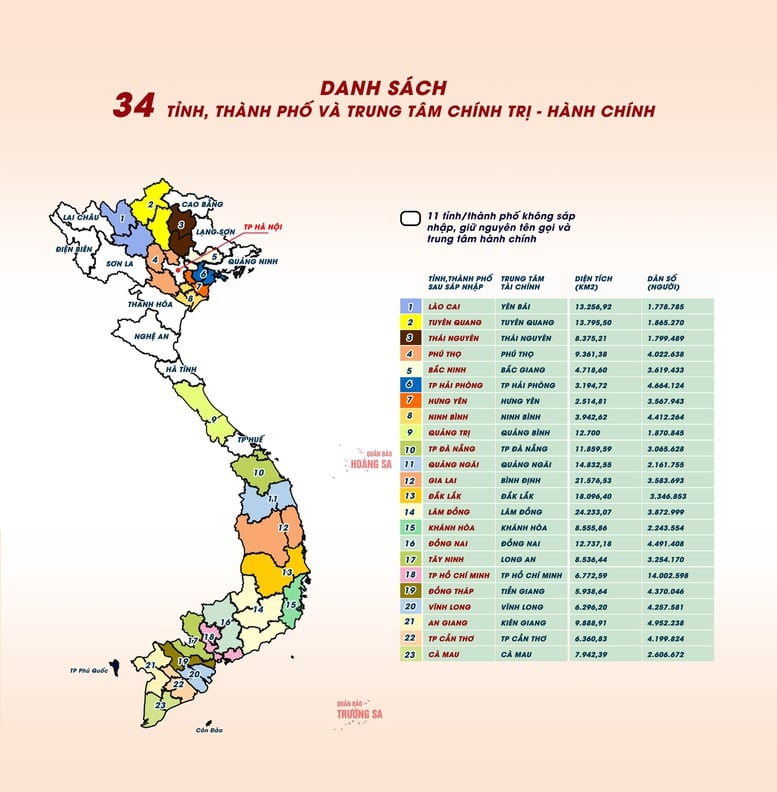
Specific benefits from merging down to 34 localities
Merging provinces is not only a simple administrative reform, but also a strong lever to create administrative units of sufficient size, development and connectivity.
First of all, it is a necessary condition to form new growth poles on the regional development map. New localities will create a continuous development space between central urban areas, coastal areas, plains and mountainous areas, thereby connecting the production - logistics - consumption - export value chain completely. For example, Can Tho (old) alone has a GRDP of about 140,000 billion VND (2023), but when adding two adjacent provinces, the total GRDP can exceed 250,000 billion VND and a population of more than 3.5 million people - equivalent to a mid-level industrial province in Thailand.
Second, the reduction from 63 to 34 provinces and cities will entail a comprehensive restructuring of the administrative apparatus, helping to streamline focal points and save significant operating costs. Previously, each province had an average of 20-22 provincial departments and branches. Some experts estimate that this streamlining could save up to thousands of billions of VND each year from salaries, regular expenses and headquarters investment. More importantly, the saved resources can be reinvested in infrastructure, education, health care and digital transformation - areas that have a great impact on social productivity.
Third, large-scale provinces will have the capacity to organize systematic planning, implement economic policies more effectively and increase competitiveness in attracting investment. According to the Provincial Competitiveness Index (PCI) in 2024, provinces with the ability to coordinate inter-regionally such as Quang Ninh, Hai Phong, and Long An are always in the leading group. On the contrary, small provinces that lack connectivity and have difficulty with regional planning often fall behind. Large provinces are not only more favorable in negotiating with strategic investors but also more attractive to multinational corporations that require large market scale and adequate infrastructure.
Fourth, mergers facilitate more efficient use of the budget and increase public investment productivity. A study published in SAGE Journals in 2021 showed that every 1% increase in public investment expenditure, if properly allocated, can contribute to increasing local GRDP by about 0.196%. Maintaining too many small provinces is causing the national budget to be dispersed, investment to be spread out, and efficiency to be low. When merged, projects will be more carefully selected, capital will be better concentrated and managed, thereby improving the efficiency of public spending.
Fifth, large provinces have a distinct advantage in organizing regional development space and coordinating inter-provincial infrastructure. Currently, the traffic connection between Ho Chi Minh City and Binh Duong – only 40 km away – still takes nearly two hours during rush hour due to the lack of effective inter-provincial infrastructure planning. Coordination between provinces in traffic planning, logistics or urban drainage is still loose and hindered by administrative boundaries. When merged, many infrastructure projects will no longer be "intersected" by boundaries, thereby helping to improve management capacity, synchronize planning and exploit resources more effectively.
Finally, provincial mergers are also an effective tool to promote balanced development between regions. Connecting mountainous provinces such as Kon Tum and Gia Lai with coastal provinces such as Quang Ngai and Binh Dinh will open up opportunities to develop cross-regional logistics routes, green-cultural-ecological tourism belts, as well as high-value-added agricultural and forestry processing industries. This will not only strengthen regional connectivity, but also gradually narrow the development gap between regions across the country – one of the core goals of sustainable and inclusive development policies.
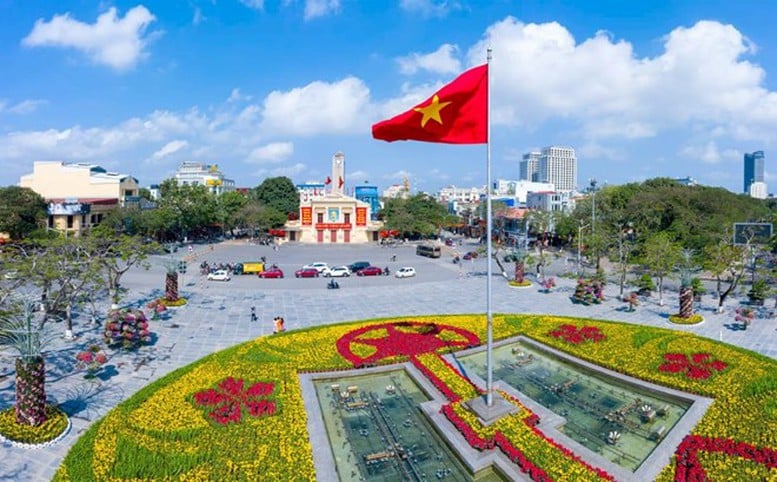
Provincial mergers are also an effective tool to promote balanced development between regions.
Implementation needs to be synchronous and methodical
The merger of provinces is not only a technical decision, but also a strategic political action - demonstrating the reform spirit of the Party, headed by General Secretary To Lam, the development vision of the National Assembly and the Government, and the aspiration of the nation to rise up. However, to move quickly and firmly, it is necessary to implement it methodically, synchronously and with careful preparation.
First of all, the administrative apparatus must be reorganized in a streamlined but effective manner. The reorganization of agencies, arrangement of headquarters, allocation of personnel and settlement of policies for redundant cadres must ensure transparency, fairness and not cause social disruption.
Second, the implementation roadmap must be clear and feasible. The short time frame requires strong direction from the Central Government and serious participation from localities.
Third, we need to proactively lead social media. It must be said clearly: mergers are creating administrative units large enough to develop more strongly and sustainably.
Ultimately, digital transformation must be at the heart of the reorganization. Digital data systems, e-governance platforms, and smart monitoring tools will enable the new apparatus to operate efficiently, transparently, and seamlessly, rather than just changing geography without improving governance capacity.
Act together for the benefit of the nation
The success of this reform will be a testament to the creative capacity and courage to act of the Party, the National Assembly and the Government – those who dare to overcome the beaten path, dare to face the obstacles, to pave the way for a more sustainable and comprehensive future of development. But for this reform to truly come into life, it requires the consensus, comradeship, synchronization, uniformity, and concurrency of the entire political system, from the Central to the grassroots; of each cadre, party member, and especially of the people.
Dr. Nguyen Si Dung
Source: https://baochinhphu.vn/sap-nhap-tinh-chuong-moi-cua-lich-su-dia-phuong-va-khoi-thong-dong-luc-quoc-gia-102250616054003313.htm




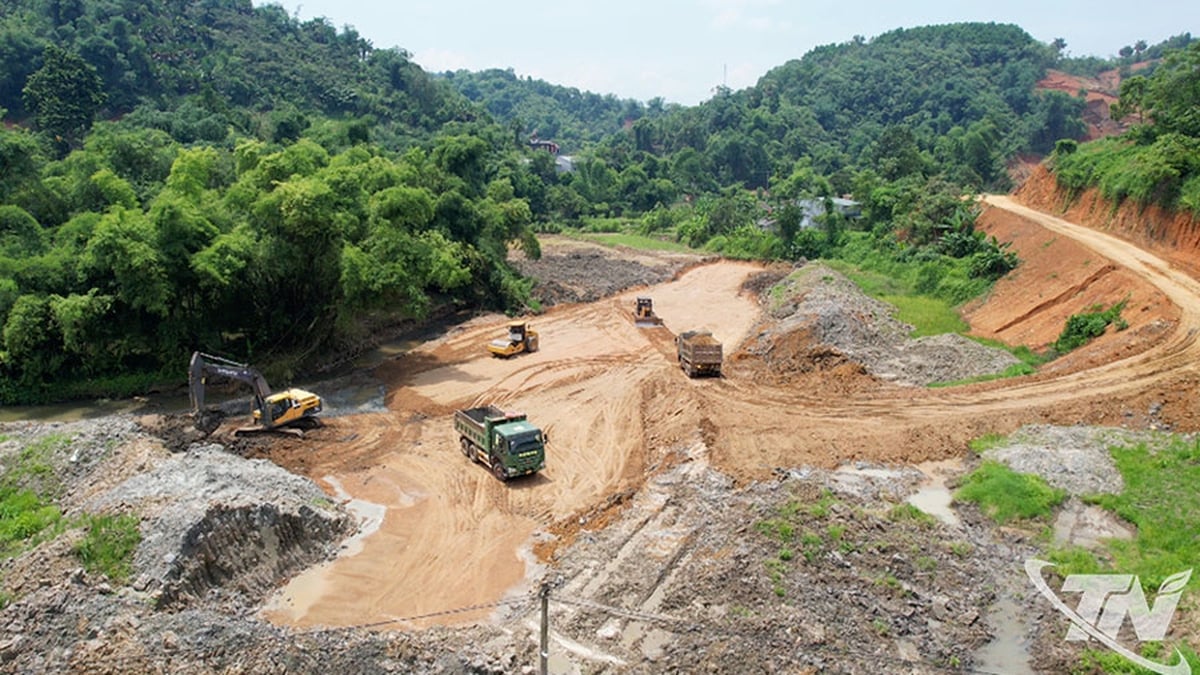




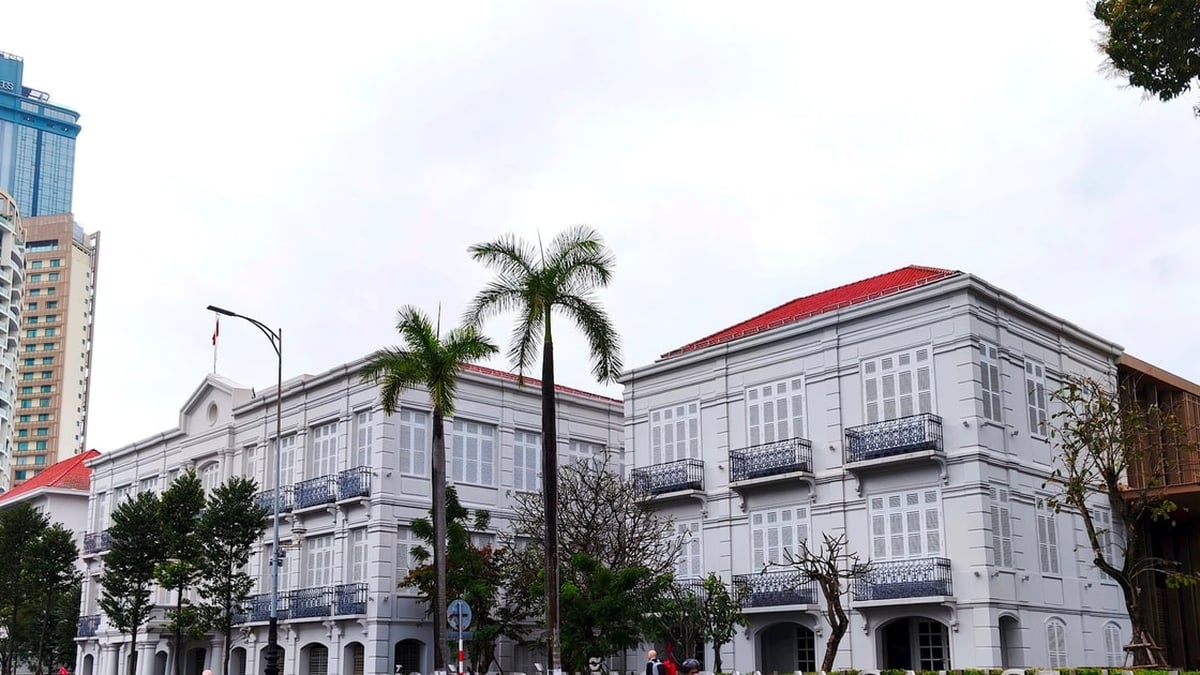
















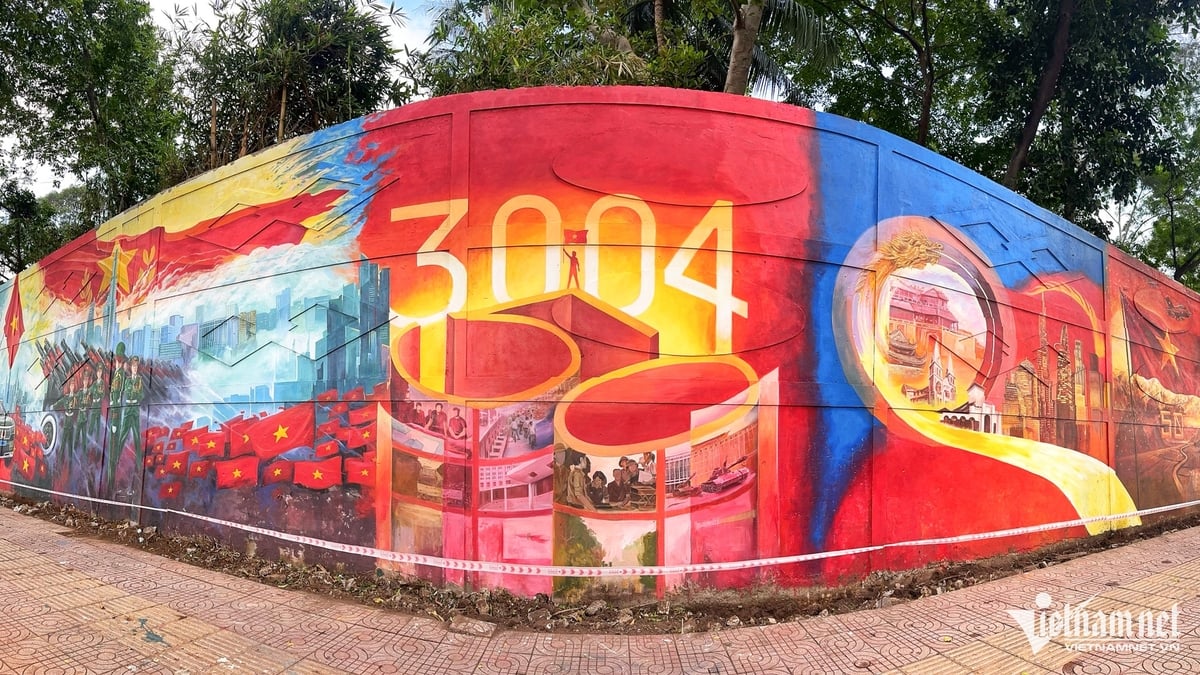







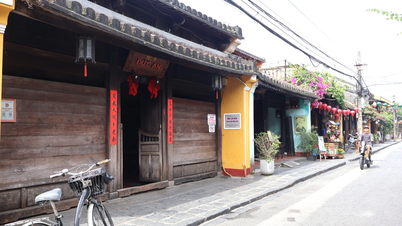

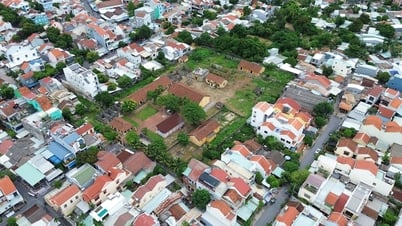






























![[Infographic] Traditional friendship and good cooperation between Vietnam and Egypt](https://vphoto.vietnam.vn/thumb/402x226/vietnam/resource/IMAGE/2025/8/4/9a2112b4046e4c128fdcb5403489866a)






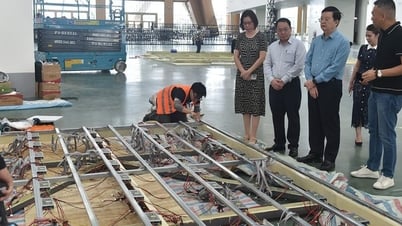


























Comment (0)